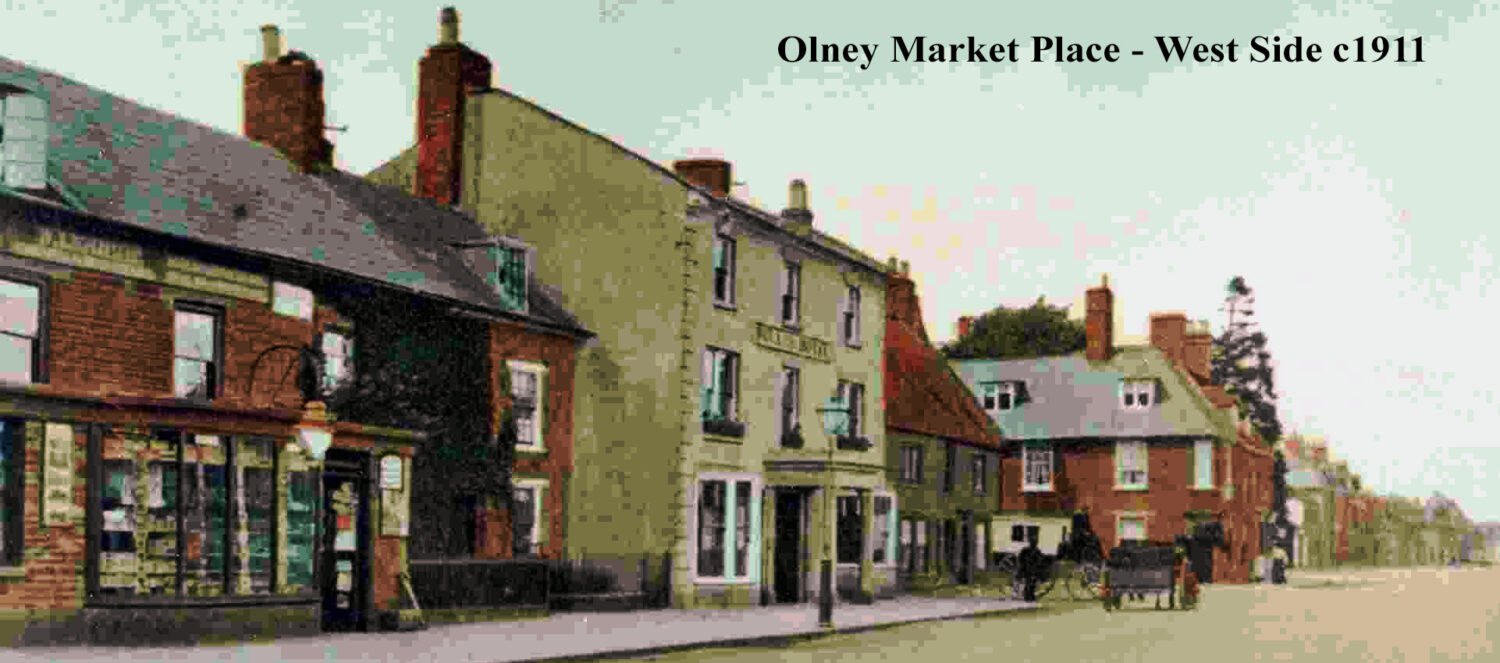This page presents an introduction to the work on this subject undertaken by the Cowper & Newton Museum and particularly the organisation and operation of Militia men locally.

During the 18th century the regular army was constantly under strain from actions abroad such as the wars in North America and combating Napoleon’s expansion plans in Europe. It became the role of the Militia to defend the Kingdom from invasion and release army units for service abroad. Their role also included keeping the peace in England such as during the riots in Endland over high food prices.
The Militia had been reconstituted in 1757, following the Jacobite rebellion of 1745 and each parish was required to provide a small number of able-bodied men for militia training. At this time it was the responsibility of appointed Overseers to arrange to cover the cost of the local militia.
‘

Militia men’ would be aged between eighteen and forty-five and chosen by ballot. Clergy, teachers, medics, apprentices and peers, or men having several children under ten years of age, could get exemptions from being drated into the Militia. You could also avoid service by paying a £10 fine or by finding a substitute. This meant that, in practice, militia men tended to be manual workers who would probably be single and/or illiterate.
The list of men was drawn up by the local Constable and each man chosen would serve for three years and complete 20 days training each year between May and October.

More details on life in the local militia, including the names of Olney family members, are contained via this link to the Cowper and Newton Museum’s article on ‘Olney Militia’.
.
